Wear your Iranian traditional clothing, this time we are going to participate in the coronation of Iranian Sassanid Shahs in Taq-e Bostan Kermanshah. We are going to see who the Shah-e Shah-an (the king of kings) is.
Hurry up please; the crowning ceremony of the Sassanid dynasty is about to begin, we shouldn’t be late.

It should be indicated that Taq-e Bostan means “The arch of the stone”. It derived from the Kurdish phrase “Taq” (arch) “Wa” (made of) San (stone); of course, the Farsi phrase “Taq-e Bostan” means “The Arch of the Garden.”
Ardashir II Coronation
This is the eldest relief of Taq-e Bostan which is located next to the small Taq. Here you see that the Sassanid Shah stands at the center of the scene; he puts his left hand on a royal sword holder and gives the ribbon ring from Ahura Mazda by his right hand.
You will also notice that Prophet Zoroaster, with an aureole, stands behind him at the left-hand side. That’s right, the person who is under the feet of the king of kings is defeated Julian, the Roman emperor, been captivated in the war.
The Sassanid Shah has big eyes and highlighted eyebrows; his beard is curly and his hair is hanging on his shoulders. Take a look at his earrings and big pearl beads of his necklace; they are all symbols of his eternal power.
Now, let’s travel through time and take part in another crowning ceremony of Sassanid Shahs.
Taq-e Bozorg
 There are two arches at Taq-e Bostan. The Taq-e Bozorg (the big arch) reminds us of the global power of the Sassanid Shah, Khosrow Parviz. The relief is located on the upper part of the Taq-e Bozorg and you can enjoy watching three statues:
There are two arches at Taq-e Bostan. The Taq-e Bozorg (the big arch) reminds us of the global power of the Sassanid Shah, Khosrow Parviz. The relief is located on the upper part of the Taq-e Bozorg and you can enjoy watching three statues:
- The Shah who stands at the center;
- Forouhar (the angel or the priest of priests) who is giving the ring of power to the Shah; and
- Finally Anahita, the goddess of waters, who is pouring water under the Shah’s feet – as a symbol of blessings.
Taq-e Bozorg contains some other reliefs and royal scenes that we try to describe some of them:
1. The Cataphract Relief
There is a cataphract on his horse fighting enemies on the bottom part of the Taq. Nobody still knows who the cataphract is. However, it is a symbol of the Sassanid Shahs’ power and glory.
2. Royal Hunting Grounds Scenes
Royal hunting grounds on the lateral walls of the Taq-e Bozorg of Taq-e Bostan attract every visitor’s attention. These are the first stone tableaus, in the world, created with regard to painting principles.
- Deer Hunting Scene
This scene, on the right side of the Taq, is 5.80 * 3.90 meters. You can see the mahouts who are guiding the deer herd toward the hunting ground. The Shah riding his horse (named “Shabdiz”) is represented in three places – as if he is inscribed based on a painting.
On the upper part of this relief of Taq-e Bostan, you see that the Shah is getting ready for hunting and a woman is holding an umbrella for him. There are three rows of women; two rows standing in honor of the Shah and a row of female musicians. There are also a number of female bards in front of him.
The Shah is hunting in another place and is riding his horse following some deer while six cataphracts are following him.
In the other place, the Shah is declaring the end of the hunting. Here, you can see that some cameleers are carrying the hunted deer. - Pig Hunting Scene
This is another relief of Taq-e Bostan. There are 12 elephants and two riders organized in five vertical rows in the scene. There is a boat with two boatmen on the upper part as well. The Shah is standing at the center of the scene and there is a group of female musicians surrounding him. On the bottom part of the tableau, there are five elephant riders who are gathering the hunted pigs.
We can say that this scene is one of the masterpieces of the art of inscription in terms of movement and representation.
Taq-e Kouchak
There is a smaller arch between the relief of Ardashir II and Taq-e Bozorg named Taq-e Kouchak of Taq-e Bostan. You can see the statues of Shahpour II and Shahpour III, the tenth and eleventh Sassanid Shahs.
There are two inscriptions written in Pahlavi script that indicate the Shah’s names as well as those of his father and grandfather. The inscriptions are as follow:
- Shahpour II Inscription:
This is the figure of Mazda-worshipping Lord Shapur, the king of kings of Iran and Aniran, whose race is from the Gods. Son of Mazda-worshipping Lord Hormizd, the king of kings of Iran and Aniran, whose race is from the Gods, grandson of Lord Nersi, the Shahanshah (king of kings). - Shahpour III Inscription:
This is the figure of Mazda-worshipping Lord Shapur, the king of kings of Iran and Aniran, whose race is from the Gods. Son of Mazda-worshipping Lord Shapur, the king of kings of Iran and Aniran, whose race is from the Gods, grandson of Lord Hormizd, the king of kings.
(The English text of the inscriptions are copied from https://en.wikipedia.org/wiki/Taq-e_Bostan#Shapur_II_and_Shapur_III)
Taq-e Bostan’s Springs
There emerged a small lake that its water is coming from some springs. It is known as Sarab-e Taq-e Bostan that watered a thousand hectares of the agricultural fields of the region in the past.
Stone Museum of Taq-e Bostan
The stone museum of Taq-e Bostan is also in the same surroundings. You can enjoy wandering among about 45 stone of Islamic and Sassanid antiquities there.
There are also 14 Sassanid column heads; they were made for being used in the construction of a palace, but apparently the palace had never been constructed. The column heads had been decorated with the figures of the god and goddesses such as Anahita, Bahram, Ahura Mazda, the Life Tree, and Niloufar.
Naser Khosrow’s bust, Sassanid age coffin, and several urns from the same period are also represented here.
The Mercy Tree

The mercy tree is a 700 years old plane tree next to the historical surroundings of Taq-e Bostan. The height of the tree is 37 meters and it is known also as “Dar Pahlavan” (means the champion tree).
This tree is one of the symbols of the city and it is known as a metaphor of antiquity, old age, and majesty among the residents of Kermanshah.
Taq-e Bostan History
At first, Sassanid Shahs selected Takhte Jamshid surroundings for the inscription of their reliefs and statues, but Ardashir II eventually selected Taq-e Bostan.
There are three attitudes toward the construction of the place:
- Erdmann believes that the construction of the oldest antiquities goes back to Pirouz I period.
- According to Herzfeld, German archeologist and Iran expert, the history of Taq-e Bostan goes back to Naser Khosrow II.
- However, Von Gall says that the older Taq and reliefs on the wall go back to Pirouz I age, but the royal hunting scenes are for the age of Naser Khosrow II.
There are also some other tourist attractions at Taq-e Bostan and its surroundings. we can mention some places like Emamzade Ebrahim, Kouhestan Park, Zagros Paleolithic Museum, Shafe’I Mosque, and Tekyeye Mo’aven Al-Molk.
Recommended Tours






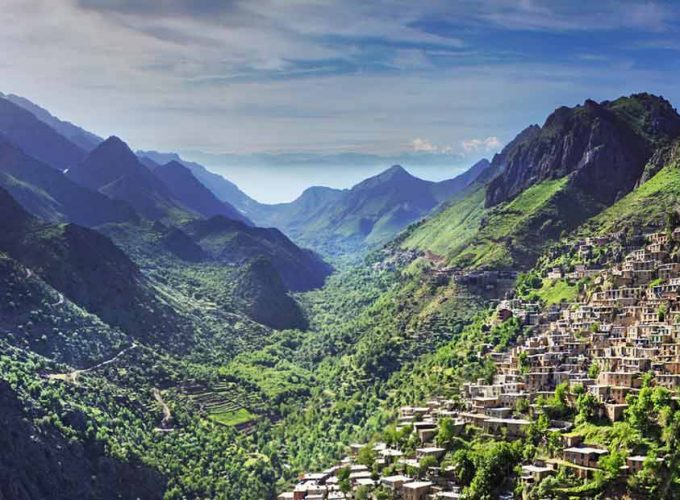
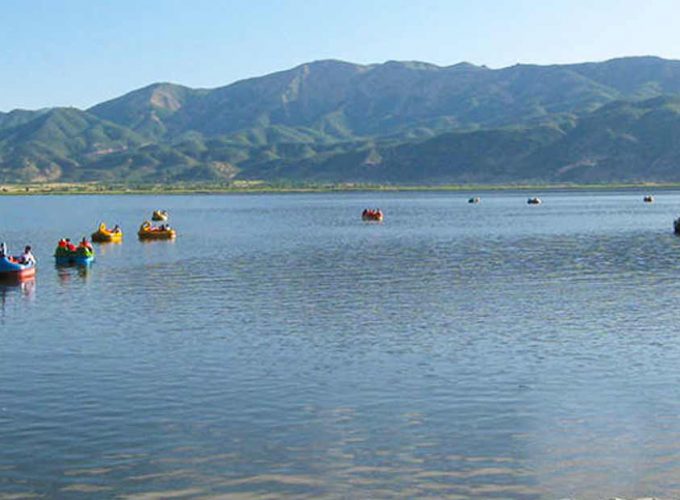
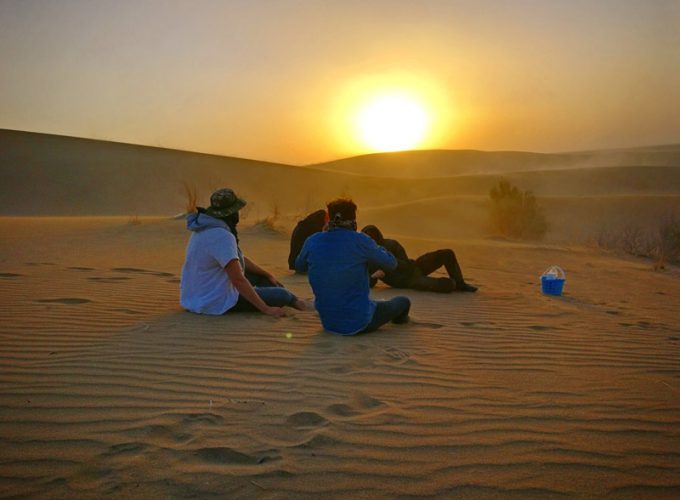
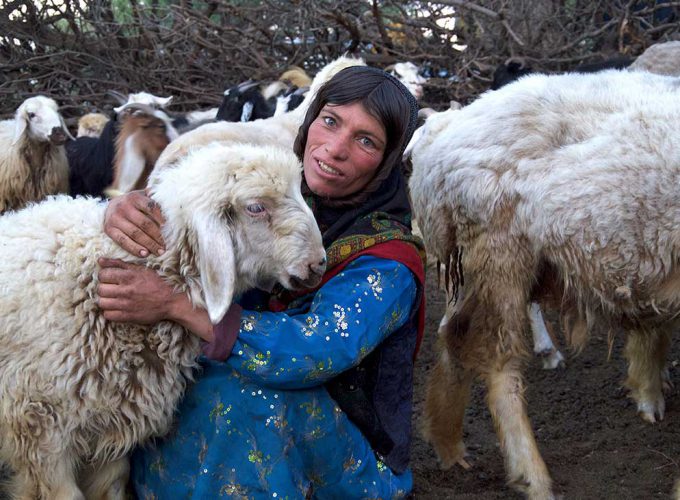
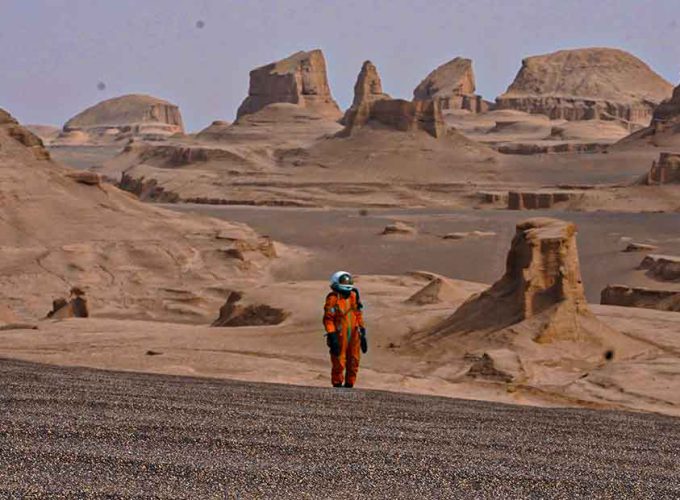
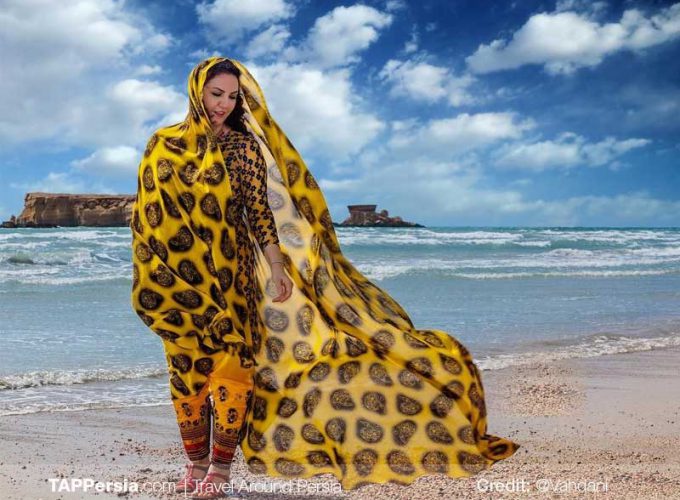


Comment (0)